Government Watch
Congress raised the debt limit this year to prevent a government default. They are working to agree on next year's budget by Sept. 30.
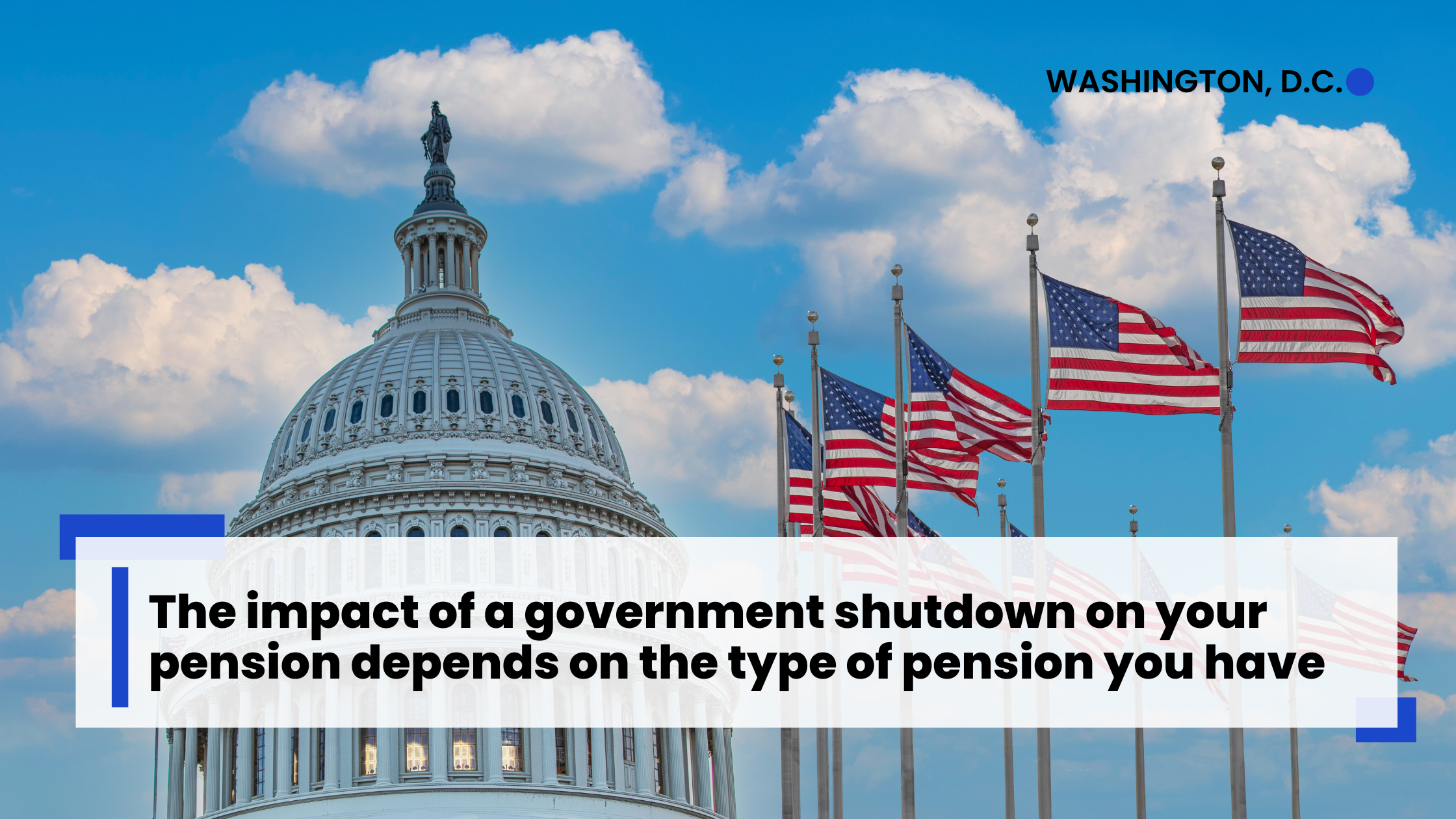
Congress raised the debt limit this year to prevent a government default. They are working to agree on next year's budget by Sept. 30.

Parents' Day, observed this year on Sunday, July 23, is a special occasion that allows us to express gratitude and appreciation for our parents' love, sacrifices, and guidance. While we often celebrate this day by showering them with gifts and affection, it is also an opportune time to reflect upon the significance of a secure retirement for our elderly parents. In this blog post, we will explore why Parents' Day serves as a timely reminder to prioritize and ensure our aging parents' financial well-being.
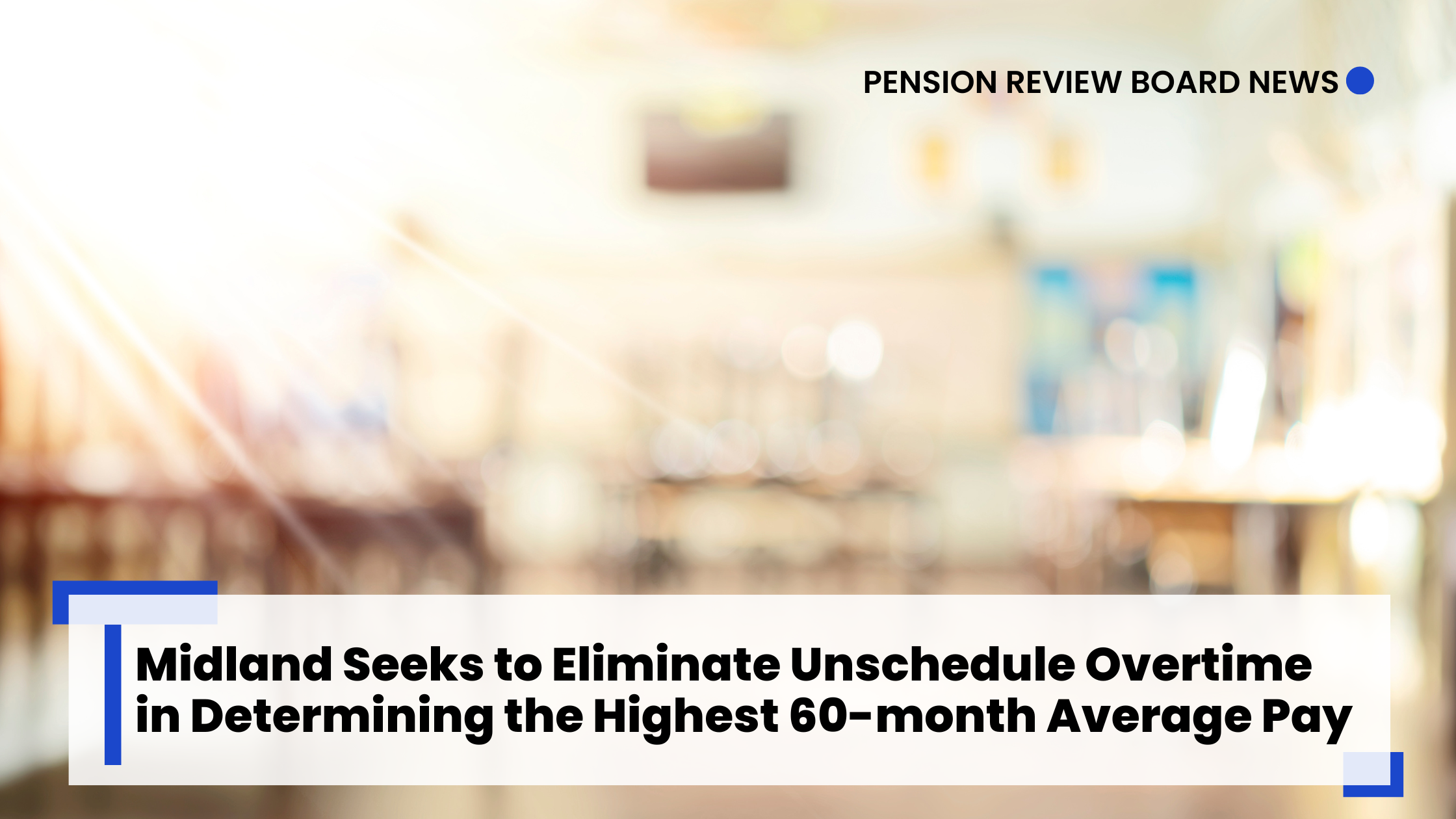
On June 29, the Texas Pension Board received updates on the recent progress and changes pension funds have made. The City of Midland and pension officials presented their case at the beginning of the meeting, and PRB staff actuary David Fee followed on with additional reports:

July 11 is World Population Day, a time to celebrate the growth of our global society and recognize how population changes impact our lives. The U.S. Census Bureau population projections indicate the world population will surpass 8 billion by the end of this year.

As members of the pensions and investments industry, we know that professional development is essential for staying current on trends and regulations. TEXPERS is proud to host its Summer Educational Forum in The Woodlands, Texas – an annual event designed to provide public employee retirement system administrators, board members, and other key stakeholders with the necessary tools and resources to maximize their professional growth. In this blog post, we'll discuss how you can make the most out of your experience at the conference and prepare for success!

In 1776, the founding fathers of the United States declared independence from Great Britain and made a bold statement: “We hold these truths to be self-evident, that all men are created equal, that they are endowed by their Creator with certain unalienable Rights.” This declaration was a major milestone in the history of our nation and has been seen as a major contributor to our current retirement system. Public employee pension system leaders can thank the founding of the Continental Congress and the Declaration of Independence for the right to receive defined benefits and secure retirement plans - enabling local government workers to retire with peace of mind. In this blog post, we will explore how this important document has helped shape today’s public employee retirement benefits.
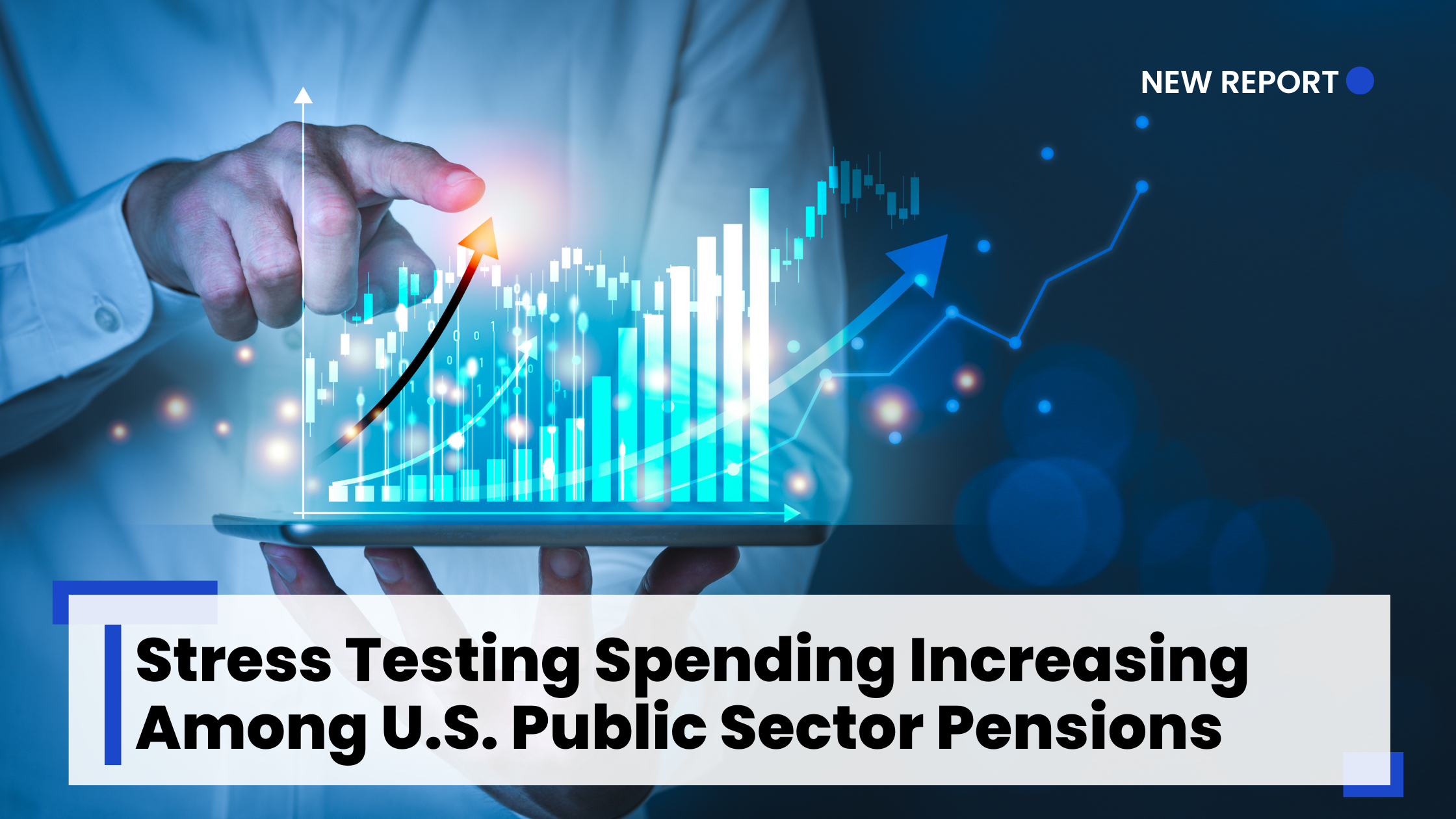
A recently released report from Ortec Finance has some interesting findings about the U.S. public pension plan sector. According to the Ortec Finance report, 90% of public sector pension plan managers expect to increase spending on scenario modeling and stress testing in the next two years to manage market shocks. For TEXPERS System Members, scenario modeling and stress testing are familiar tools they use to better understand how market volatility may affect their pensions. We'll look at the report's key findings and provide context.

Over the past decade, as businesses have undertaken digital transformation initiatives to improve efficiencies and outcomes, cyberattacks have continued to increase in both frequency and complexity. These cyberattacks are increasingly committed by well-funded criminal and state-sanctioned groups seeking to exploit vulnerabilities and disrupt operations for financial gain or to steal intellectual property and other sensitive data for competitive gains or national intelligence purposes. Since the onset of the COVID-19 pandemic, businesses of all sizes have responded to new, unexpected customer and employee needs by accelerating their investments in digital technologies. These investments have not only driven positive business outcomes but have also created new areas of vulnerability for companies across their entire technology supply chain and infrastructure. The increase in the number of endpoints resulting from the exponential growth of mobile computing and Internet of Things (IoT) devices, as well as the larger technology infrastructure surface areas supporting cloud-computing needs, has provided cyber attackers with more areas to potentially exploit and gain unauthorized access. These cyberattacks contribute to a wide variety of adverse outcomes—lost revenue from network downtime, increased costs from ransom payments, fines and/or mitigation spending, lost data integrity, impact to the business from increased reputational risk and, in certain cases, national security risks. As businesses continue to invest in digital transformation to accelerate growth initiatives, the increased threat from cyber criminals will also require larger and more targeted investments in next-generation cybersecurity defense technology to protect digital assets and networks while minimizing the operational and financial costs of a cyberattack.

China’s economy and markets are not only too large to ignore, but they are now so large that there is a small but growing group of investors who approach China as a specific investment allocation.
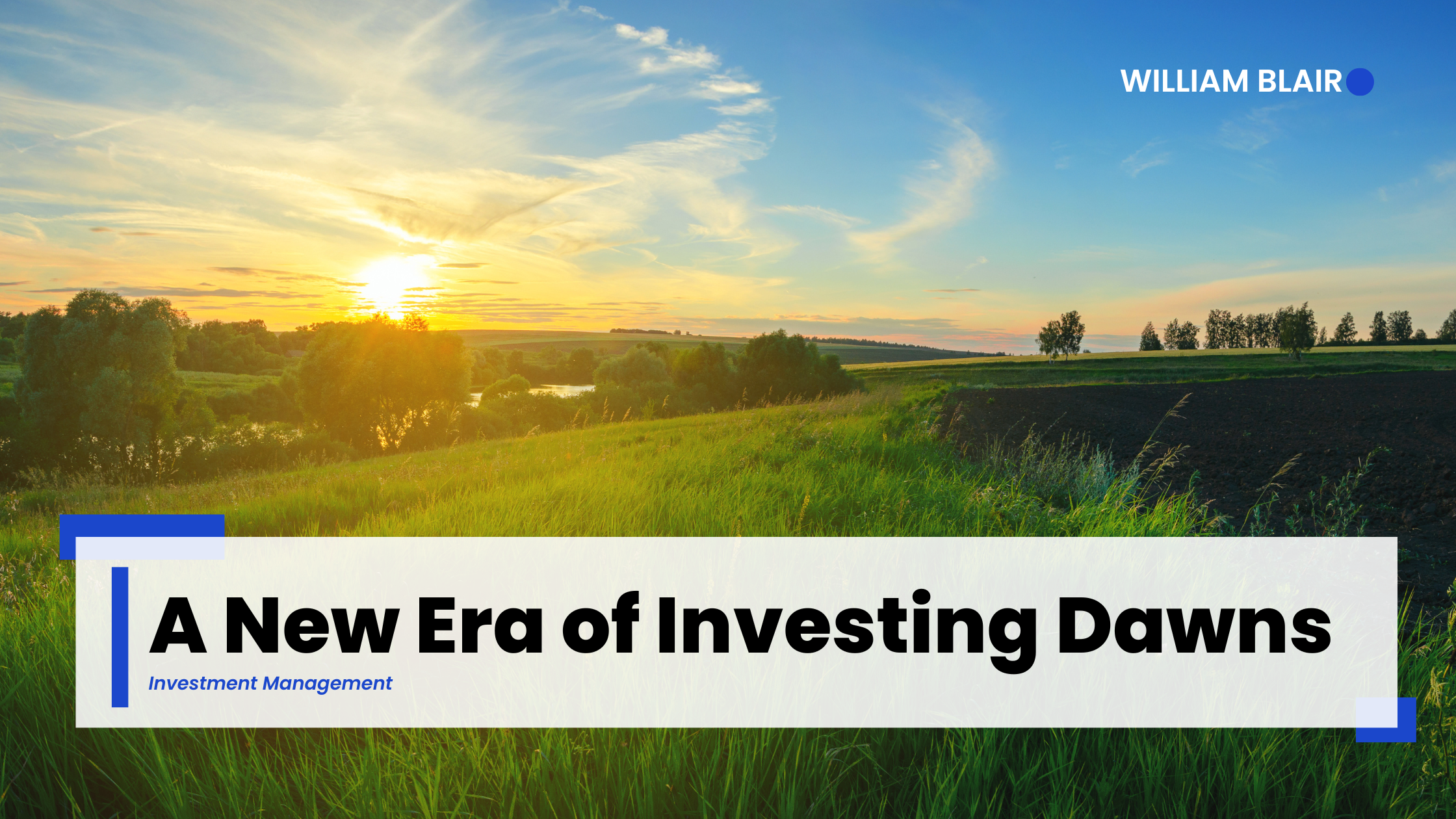
As we settle into the first quarter of 2023, it’s worth discussing the current cycle and the implications for markets in 2023—but the bigger issue is the developing likelihood we have begun to shift into a different economic and market environment, marking a different era than we have seen in the decade-plus since the Global Financial Crisis (GFC).
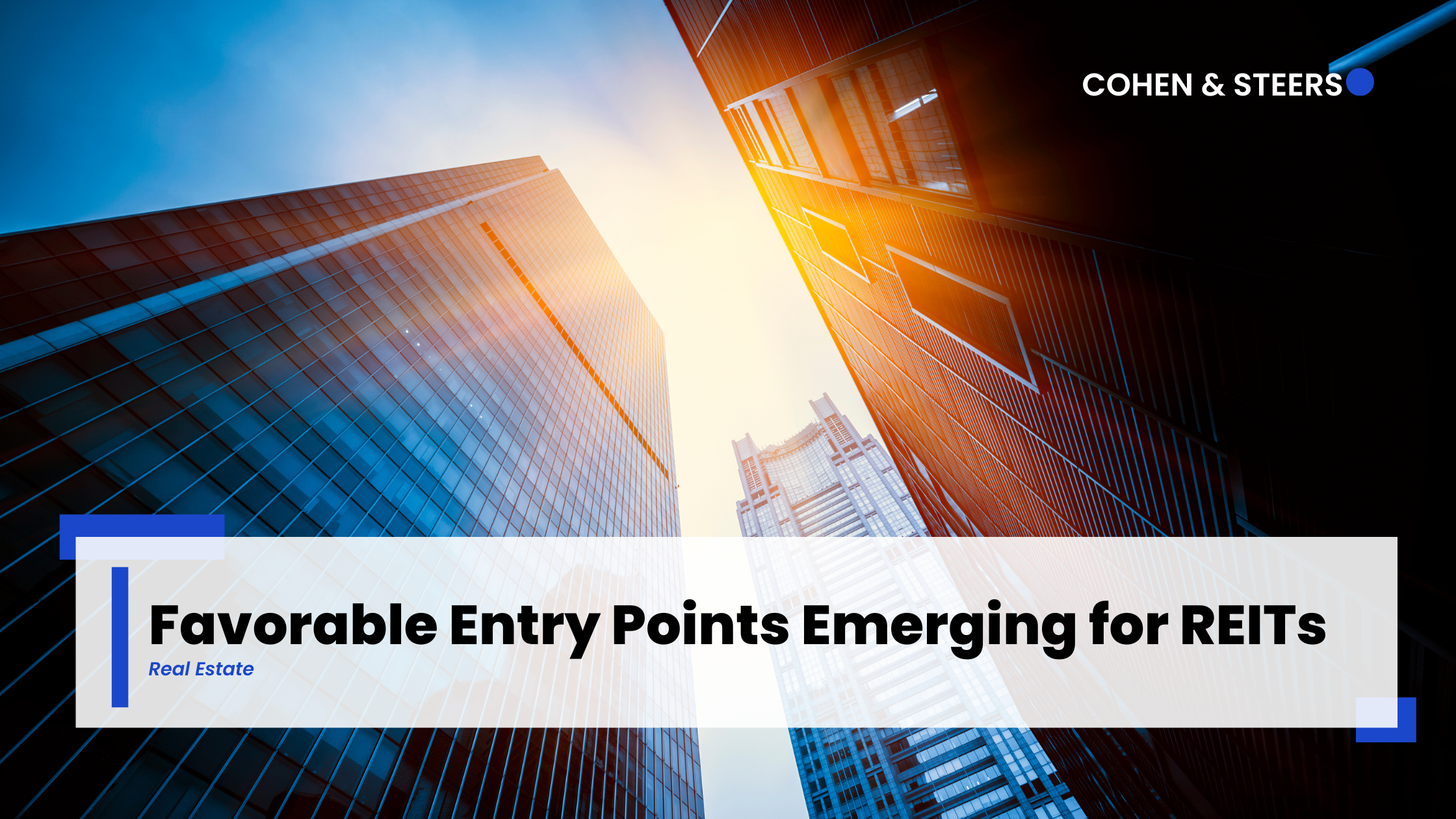
Investors have priced in a negative, forward-looking view of listed real estate. Slowing growth and higher inflation have created a stagflationary backdrop that has been especially challenging for REITs. The result is that there has been a dramatic performance difference between listed and private real estate in 2022. While REITs, as measured by the FTSE Nareit All Equity REITs Index, are down -27.9% through September and down -21% through November, the NCREIF ODCE index, a measure of private real estate that is calculated quarterly, is up 13% through September on a total return basis. Based on history, we believe that gap in performance will not persist. Indeed, private real estate returns are just beginning to slow as expected. Private real estate typically lags listed real estate due to its slower-moving price discovery and transactions.

Goldman Sachs recently released a chart depicting the low or negative correlation between stocks and bonds we have seen over the past few decades. This has been attributable to the low inflationary regime over the period. This makes perfect sense given monetary policy's operation over the last twenty-five years. Counter cyclical policy is very effective in periods of low and stable inflation. When equity markets become concerned about recessions ahead, earnings expectations reduce and valuation multiples contract. Stock prices fall. Bond markets typically would then anticipate the increased chance of the standard monetary policy response; cutting interest rates to spur economic growth. Bond prices rise.

In May 2023, Americans are invited to join in celebrating Older Americans Month – a time dedicated to recognizing the contributions of older Americans to our nation’s culture and society. U.S. population statistics show that the number of Americans age 65 and older is expected to double over the next 25 years – making it more important than ever for TEXPERS members to appreciate and value the contributions of this segment of our population. Join us as we explore why celebrating Older Americans Month is so important for all of us!

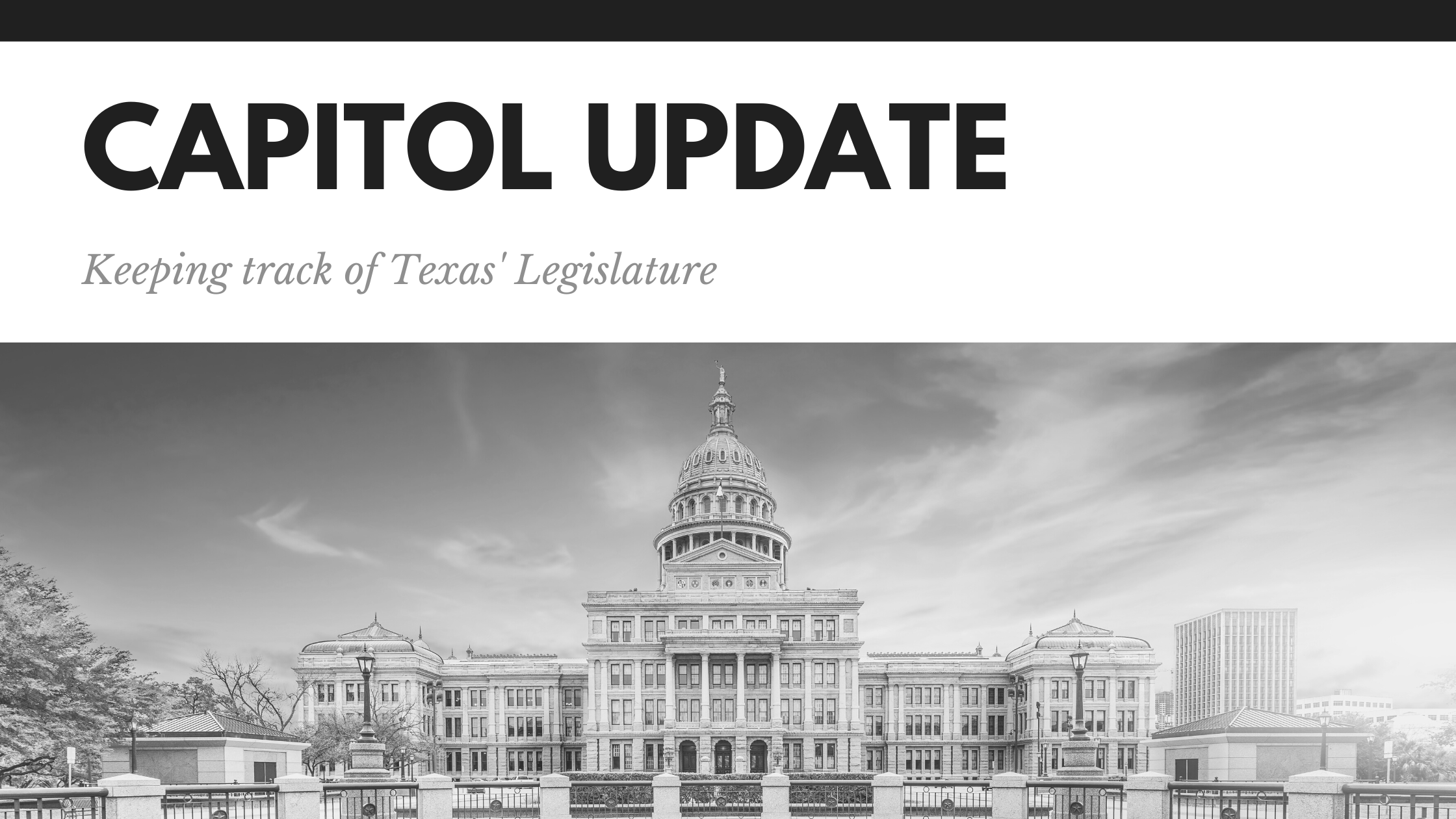
TEXPERS members might want to tune in for upcoming legislative hearings.

The author of a new brief from the Center for Retirement Research at Boston College finds that state and local pension plans should focus on stabilizing their pension debt as a share of the economy rather than full funding. The alternative of fully prefunding state and local pensions to maintain fiscal sustainability will mean big contribution hikes.

There is a bill on the Texas Senate Calendar for April 19 that relates to the fiduciary responsibilities of the governing bodies of public retirement systems in the state and their investment managers and proxy advisors.

The Texas House Committee on Pensions, Investments and Financial Services is holding a public hearing at 8 a.m. Wednesday, April 12 in E2.014 of the Capitol Building.

TEXPERS is thrilled to announce Polen Capital as the Gold Sponsor and keynote presenter for our 2023 Annual Conference taking place April 2-5, 2023, at Austin Marriott Downtown, 304 E. Cesar Chavez St. in Austin, Texas.
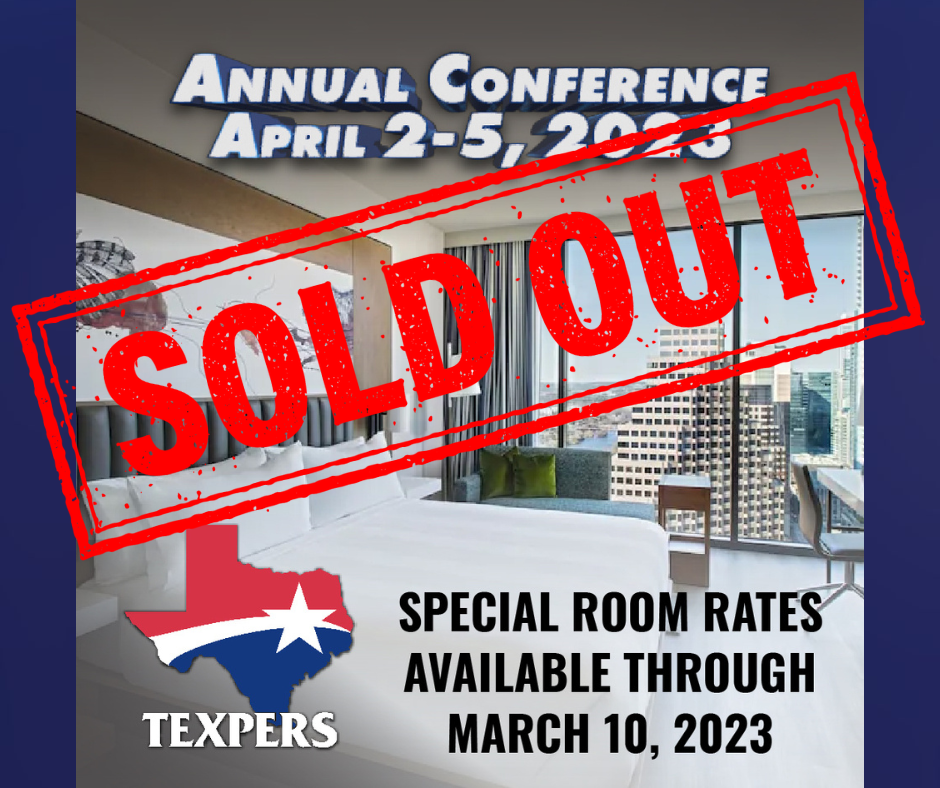
We've sold out of our room block at the Austin Marriott Downtown, the official hotel venue for the TEXPERS' 2023 Annual Conference, April 2-5 in Austin, Texas!